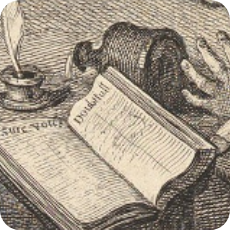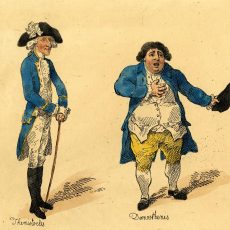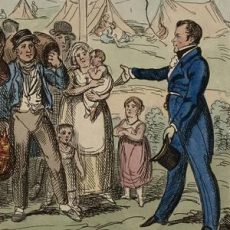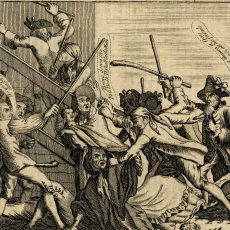
Westminster was simultaneously the most prestigious constituency, incorporating the Houses of Parliament, and charactered by febrile, often violent, election contests. With over 14,000 voters, Westminster was the largest urban constituency in England. The location of government offices in Whitehall, St James’s Palace, and the Palace of Westminster made the constituency powerful, influencing other elections around the country. Westminster’s boundaries included Oxford Street to the North and the River Thames to the South, Essex Wharf and Temple Bar in the East and River Westbourne in the West. Elections took place in Covent Garden market, and this area was the site of violent mobs and riots over the course of the eighteenth century. The population of Westminster included tradesmen, shopkeepers, artisans, and labourers, but was also dominated by members of the leisured classes and social and political elite which clustered around St James’s Palace. The broad electorate meant that people across the social hierarchy were able to vote, a factor which prompted one Secretary of State to claim that, ‘in such a multitude one ought not to think it certain till the election be over’.
Due to its prestigious position, high-ranking politicians and political families were heavily involved in Westminster’s politics, including landowners of broad swaths of land in the borough (the Earl of Bath and the Dukes of Bedford, Newcastle, and Northumberland). Between 1754 and 1790, the borough’s MPs included in their ranks 9 sons of peers, 1 Irish peer, and 4 baronets. The Government was heavily involved in selecting candidates for the borough in order to avoid electoral contests, especially since the Duke of Bedford wrote of ‘the vast expense that must necessarily attend any contest in Westminster’. Alongside the Government and influential peers, the dean and chapter of Westminster also had significant roles within the borough, as they were responsible for selecting the high steward and nominating the high bailiff who served as the returning officer during elections. Notable MPs who represented and dominated Westminster included Charles James Fox (MP from 1785 to 1806) and radical Sir Francis Burdett (MP from 1807 to 1837). The 1784 Westminster election which saw Fox elected is probably one of the most examined elections (polling, funding, canvassing, patronage) in eighteenth-century political history.


















